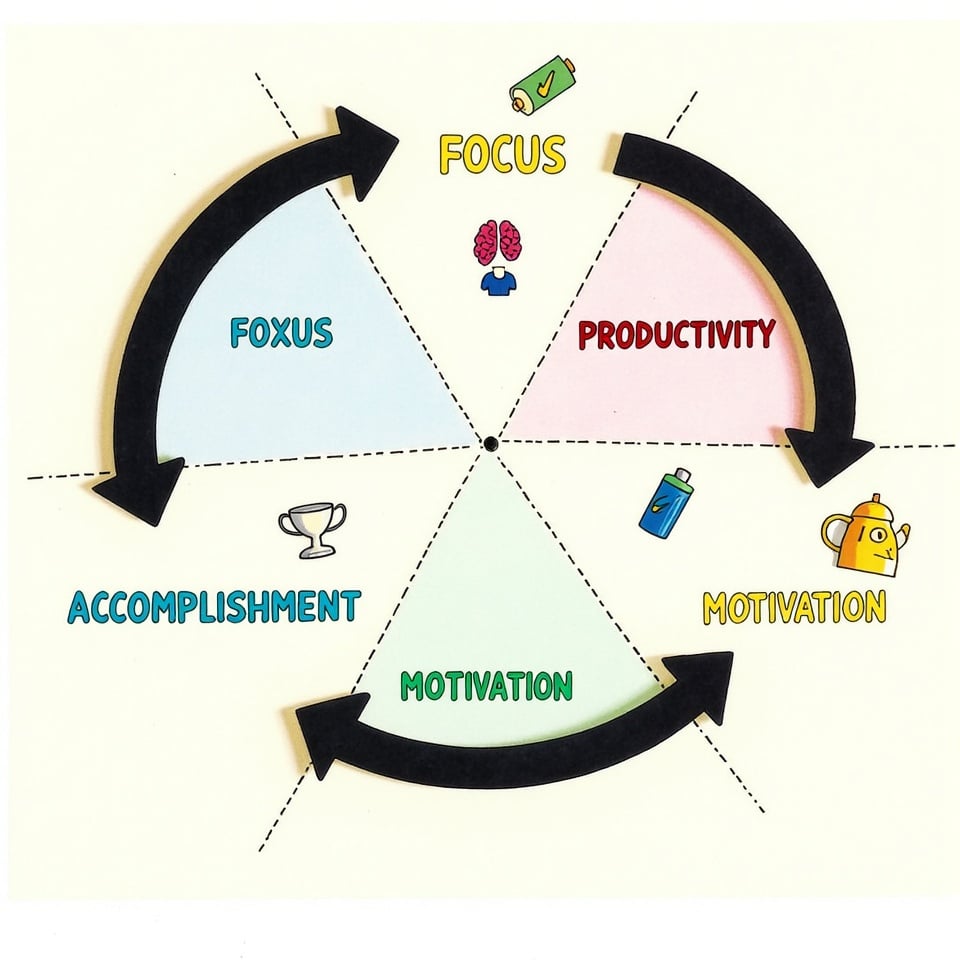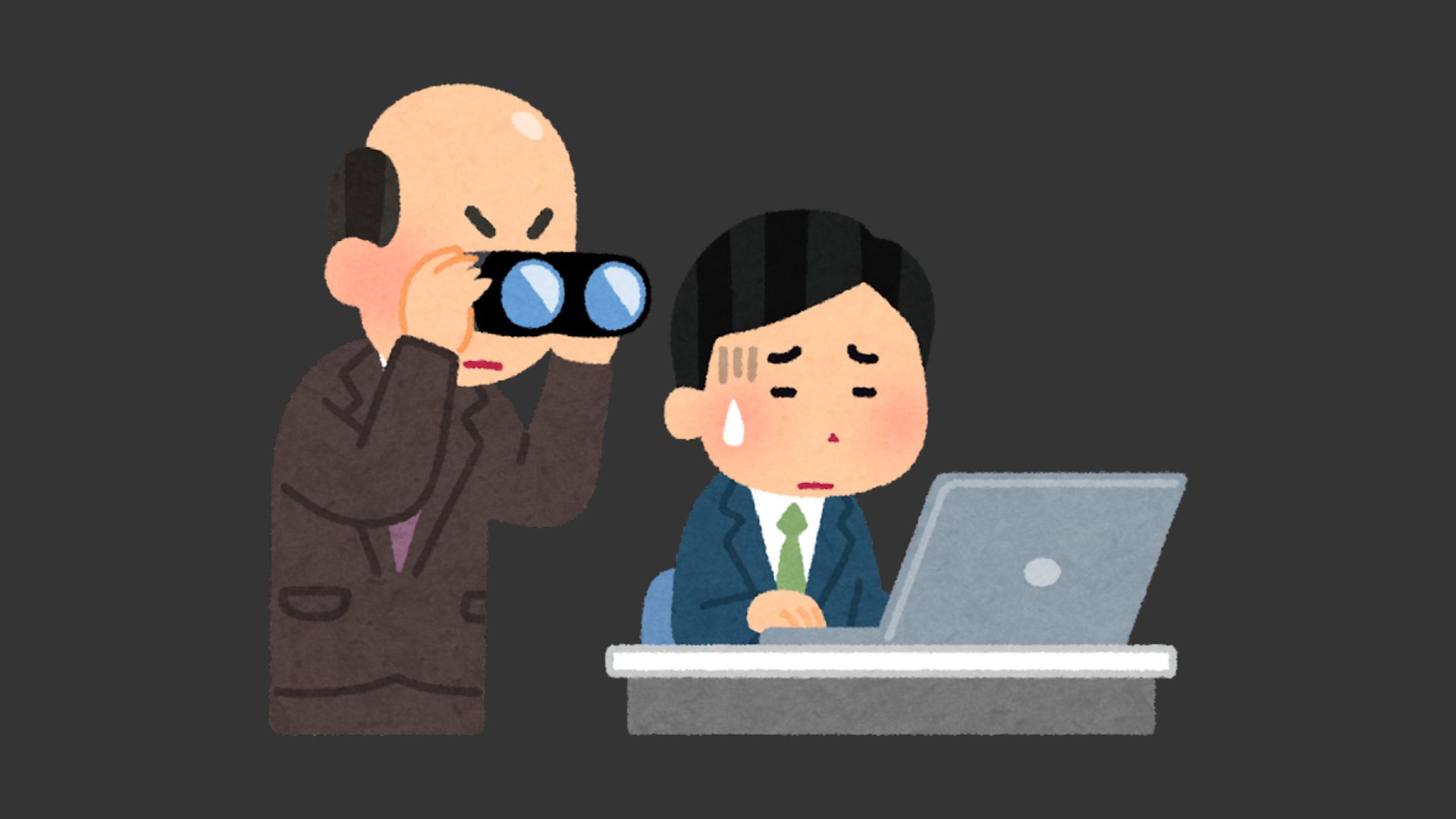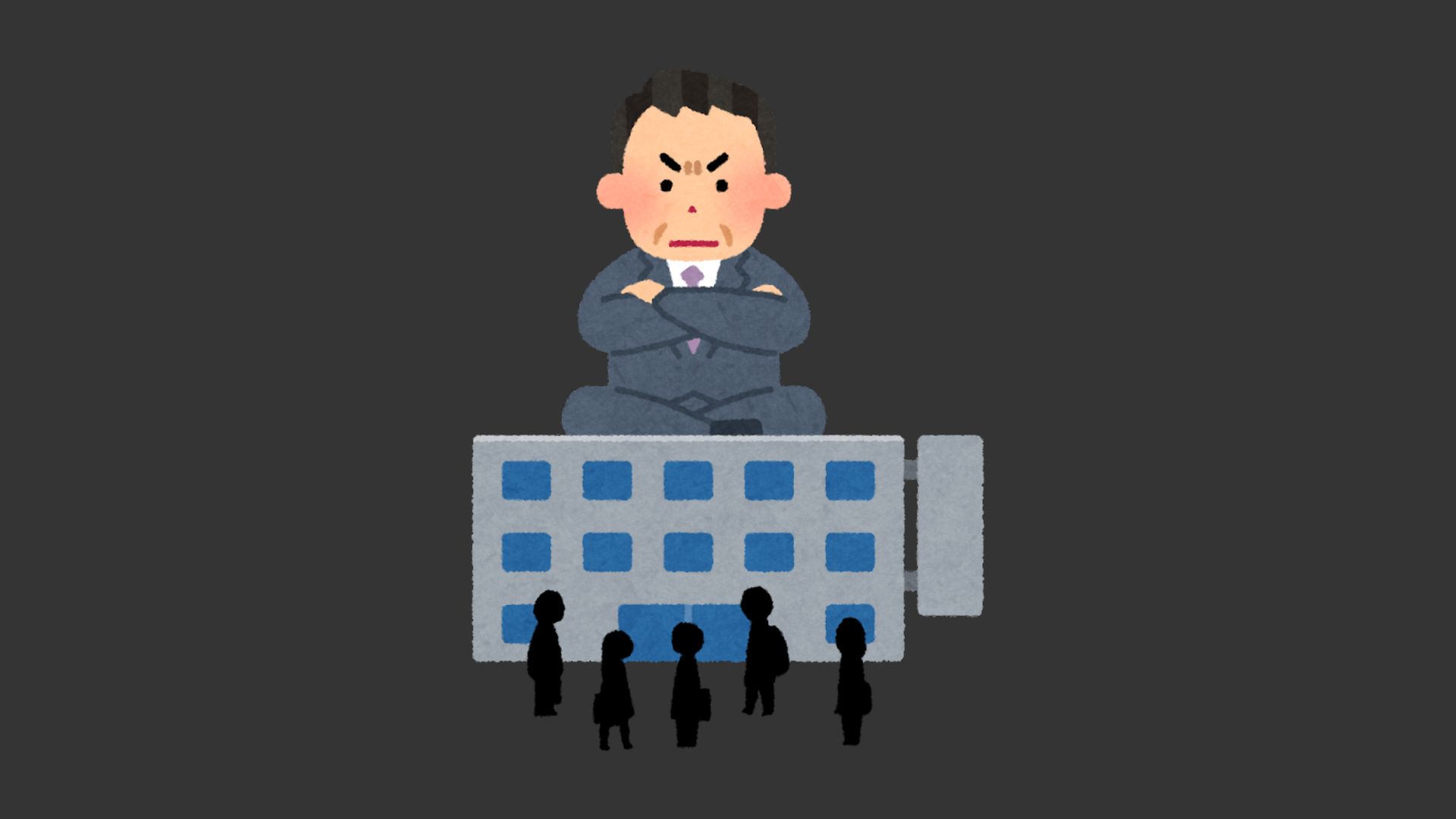Let’s face it—staying motivated at work is tough. Whether you’re grinding away at home, hustling in an office, or building your own business, we all hit those motivation walls. I’ve been there too.
The good news? You can train yourself to stay productive even when inspiration runs low.
In this guide, I’ll share practical strategies that have helped me and countless professionals overcome procrastination, build self-discipline, and actually enjoy getting things done. Ready to transform your workday? Let’s dive in.
Design Goals, Not Chores
Here’s a mindset shift that changed everything for me: stop thinking of your tasks as chores and start seeing them as meaningful goals. When you connect your daily grind to your bigger career dreams, you tap into something powerful—intrinsic motivation that comes from within.
Try this: create a visual reminder of your professional goals and keep it where you can see it. When you’re dragging through a tough project, one glance at that reminder can reignite your determination.
Remember that report you’re dreading? Think about how it contributes to your team’s success or builds a skill that moves your career forward. Suddenly, it’s not just busy work—it’s a stepping stone to where you want to be.
Harness the Influence of Others
You’ve probably noticed how your energy changes depending on who’s around you. That’s no coincidence—motivation is contagious. The people you surround yourself with can either boost your productivity or drain it completely.
Consider finding an accountability partner at work. Someone you trust who’ll check in on your progress and vice versa. It’s amazing how that external structure keeps you focused when motivation wanes.
Even if you work remotely, virtual co-working sessions can recreate that motivational office buzz. Just knowing someone else is working alongside you (even through a screen) can keep you on track when you’d otherwise give in to distractions.
Set Smaller Goals
Ever felt paralyzed by a massive project? I certainly have. The solution is surprisingly simple: break it down into bite-sized pieces. This “chunking” approach makes intimidating work feel doable and gives you multiple wins to celebrate.
Don’t wait until the entire project is finished to feel accomplished. Create milestone celebrations along the way. Finished that difficult section? Take a moment to acknowledge it before moving on.
Here’s a quick hack: use the “two-minute rule.” If something takes less than two minutes, do it immediately instead of adding it to your to-do list. You’ll be amazed at how many small tasks you can knock out, building momentum for the bigger stuff.
Take Regular Breaks
I used to think powering through for hours showed dedication. I was wrong. Your brain isn’t designed for marathon work sessions. Strategic breaks aren’t slacking—they’re essential for maintaining high-quality focus and creativity.
Give the Pomodoro Technique a try—25 minutes of focused work followed by a 5-minute break. After four cycles, take a longer break of 15-30 minutes. This rhythm keeps your mental energy fresh throughout the day.
Don’t just scroll through social media during breaks. Get up and move around. Even a quick walk to the kitchen can increase blood flow to your brain and reset your focus. Trust me, you’ll return to your desk with renewed clarity.
Clear Distractions Out of Your Workspace
Your environment shapes your focus more than you might realize. That cluttered desk and those pinging notifications? They’re silently sabotaging your motivation.
Digital distractions are especially sneaky. I’ve found that website blockers during focused work periods prevent me from mindlessly checking social media or news sites when the work gets challenging.
Take a look at your physical workspace right now. Is it supporting your productivity or hindering it? Even simple changes like clearing off your desk or facing away from high-traffic areas can dramatically improve your ability to stay motivated and focused.
Keep Track of Tasks and Time
Without a system to track your work, important tasks slip through the cracks, creating stress that kills motivation. Finding the right task management approach is a game-changer.
Don’t feel pressured to use what works for everyone else. Experiment with different tools—digital apps like Trello or Asana, paper planners, or a hybrid system. The best system is the one you’ll actually use consistently.
Try tracking your time for a week. You might be surprised where your hours actually go. This awareness helps you identify motivation drains and make targeted adjustments to your routine. I discovered I was losing nearly an hour daily to “quick checks” of email that weren’t actually urgent.
Focus On High-Impact Tasks
Not all work deserves equal attention. One of the biggest motivation killers is spending your energy on low-value tasks while the important stuff lingers unfinished.
I love using the Eisenhower Matrix to sort tasks by urgency and importance. This simple grid helps you quickly identify which activities deserve your prime mental energy and which can be delegated, scheduled, or eliminated.
Start your day with your most challenging high-impact task when your willpower is strongest. This “eat the frog” approach prevents important work from being continuously postponed. The relief and accomplishment you feel afterward will fuel your motivation for hours.
Create a Daily Plan and Develop a Routine
Decision fatigue is real. Every choice you make throughout the day drains mental energy that could be spent on productive work. A structured daily plan eliminates this drain and creates momentum.
Your morning routine sets the tone for everything that follows. I’ve found that even 15 minutes of intentional preparation—whether that’s meditation, reviewing goals, or light exercise—activates a productive mindset before diving into work.
Try this habit: end each day by planning tomorrow. It provides closure and ensures you start fresh with clear direction. I keep it simple with a prioritized list of 3-5 key tasks, which prevents the overwhelm that kills motivation before you even begin.
Award Yourself for Completing Tasks
Your brain loves rewards. By celebrating task completion, you create positive associations with productive work that strengthen your motivation over time.
Develop rewards that match different achievement levels. Small treats for daily tasks, medium rewards for weekly goals, and bigger celebrations for major milestones. This creates multiple motivation touch points throughout your projects.
Balance immediate and delayed gratification in your reward system. While small immediate rewards satisfy our need for quick wins, saving for larger rewards after sustained effort builds the self-discipline muscle that powers long-term success.
The 3 Seconds Rule
Here’s a brain hack that changed my productivity game: the “3 Seconds Rule.” As a Redditor explains, when you think of a task, start it within three seconds. This prevents your brain from manufacturing excuses and building resistance.
Why does this work so well? It bypasses the overthinking that leads to procrastination. By taking immediate action, you short-circuit your brain’s tendency to avoid potential discomfort or effort.
Pair this with a written task list for managing multiple responsibilities. When you capture tasks externally, you free mental bandwidth and can apply the 3-second rule when you return to your list.
Try adding some playful self-talk too. I sometimes pump myself up with silly phrases like “I’m going to absolutely demolish this spreadsheet!” It sounds ridiculous, but that enthusiastic framing makes work more enjoyable and builds positive momentum.
Eat the Frog Rule by Mark Twain
Mark Twain once said, “If it’s your job to eat a frog, it’s best to do it first thing in the morning. And if it’s your job to eat two frogs, it’s best to eat the biggest one first.” This advice has transformed my approach to difficult tasks.
There’s a psychological benefit to tackling your most challenging work first. Completing that dreaded task early creates a sense of accomplishment that fuels motivation for everything else on your list.
I’ve noticed that postponing important tasks creates a cloud of anxiety that hangs over my entire day. By addressing my “frog” immediately, I eliminate that mental drain and free up energy for other work.
Pay attention to when you naturally have the most energy, and reserve those hours for your most demanding tasks. For me, it’s the first two hours after my morning coffee. By aligning your natural productivity cycles with your toughest work, you set yourself up for success.
Wrapping it up
Staying motivated isn’t about waiting for inspiration to strike—it’s about building habits that keep you moving forward even on tough days.
The strategies we’ve covered from setting meaningful goals to managing distractions and using techniques like the 3 Seconds Rule, creates a foundation for consistent productivity.
Remember, motivation naturally fluctuates for everyone. The key is developing systems that work with your unique style and keep you progressing even when you don’t feel like it.
Start small, be patient with yourself, and watch how these changes transform not just your productivity, but your entire relationship with work.







